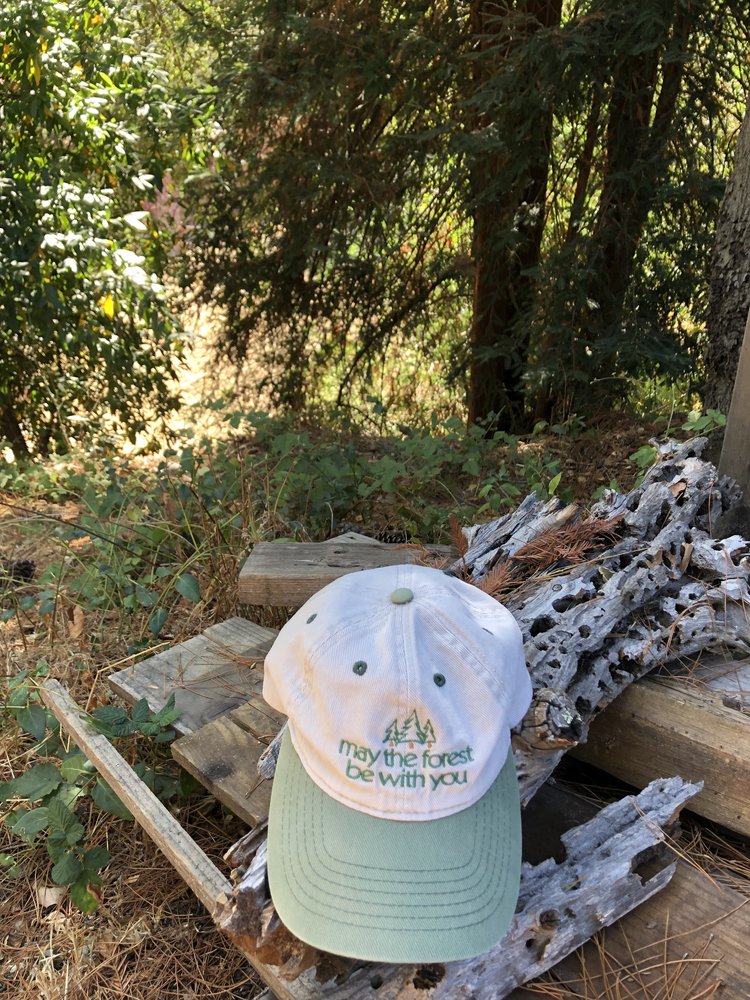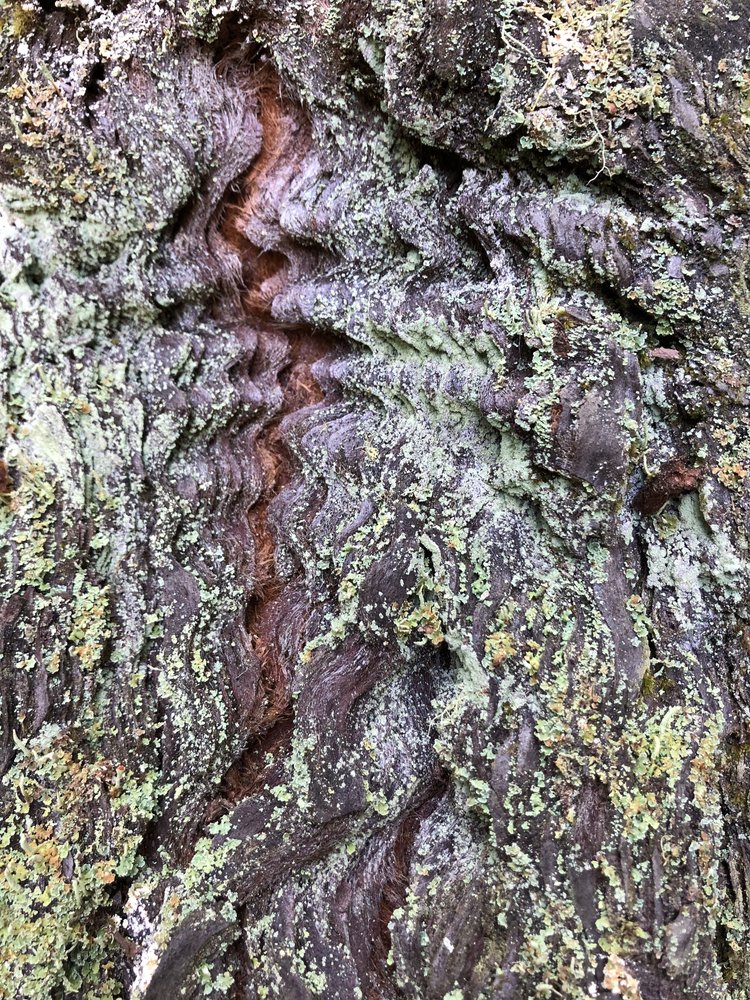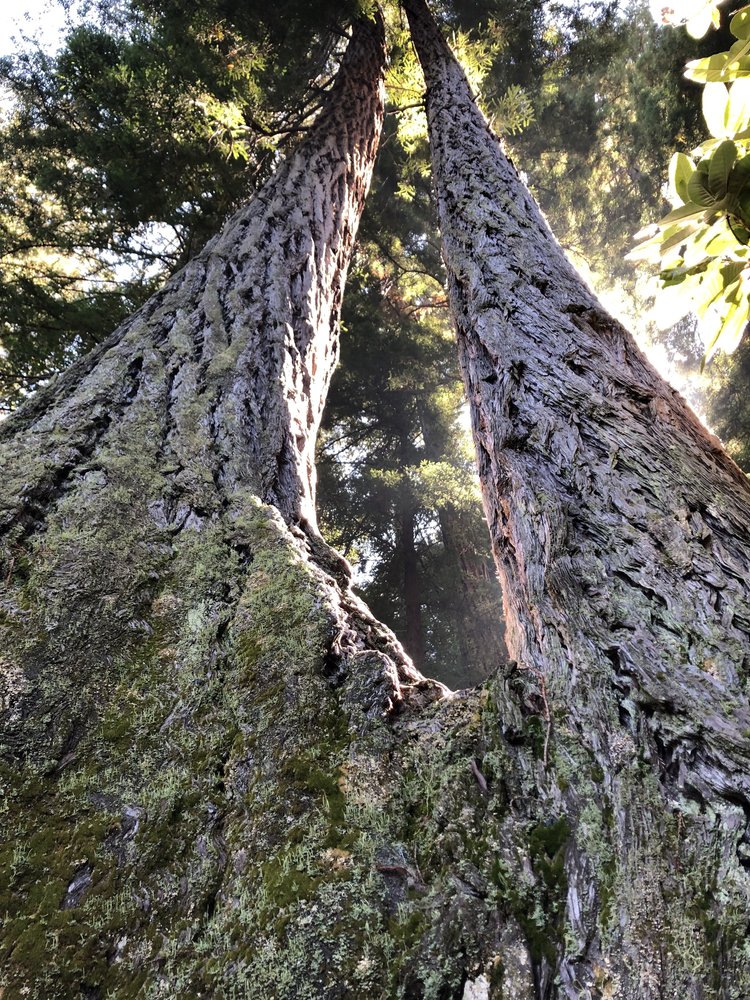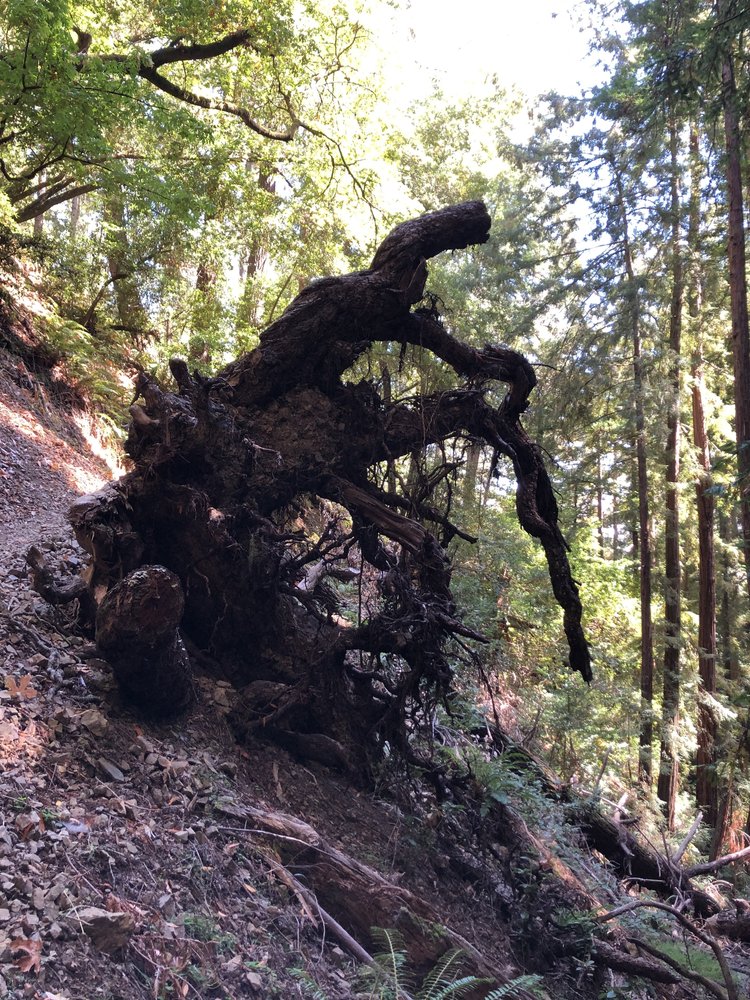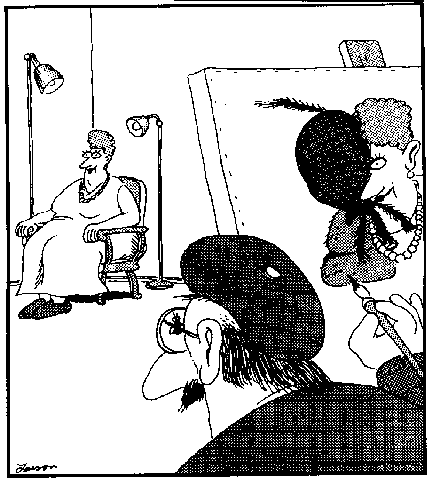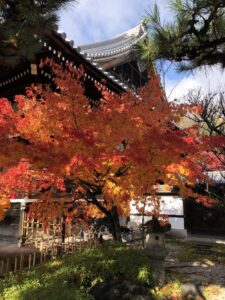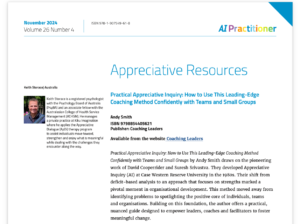|
Site Title Designing Your Life Coaching -October 1, 2023 / 418.38 ppm of atmospheric CO2 (safe level 350)͏ ͏ ͏ ͏ ͏ ͏ ͏ ͏ ͏ ͏ ͏ ͏ ͏ ͏ ͏ ͏ ͏ ͏ ͏ ͏ ͏ ͏ ͏ ͏ ͏ ͏ ͏ ͏ ͏ ͏ ͏ ͏ ͏ ͏ ͏ ͏ ͏ ͏ ͏ ͏ ͏ ͏ ͏ ͏ ͏ ͏ ͏ ͏ ͏ ͏ ͏ ͏ ͏ ͏ ͏ ͏ ͏ ͏ ͏ ͏ ͏ ͏ ͏ ͏ ͏ ͏ ͏ ͏ ͏ ͏ ͏ ͏ ͏ ͏ ͏ ͏ ͏ ͏ ͏ ͏ ͏ ͏ ͏ ͏ ͏ ͏ ͏ ͏ ͏ ͏ ͏ ͏ ͏ ͏ ͏ ͏ ͏ ͏ ͏ ͏ ͏ ͏ ͏ ͏ ͏ ͏ ͏ ͏ ͏ ͏ ͏ ͏ ͏ ͏ ͏ ͏ ͏ ͏ ͏ ͏ ͏ ͏ ͏ ͏ ͏ ͏ ͏ ͏ ͏ ͏ ͏ ͏ ͏ ͏ ͏ ͏ ͏ ͏ ͏ ͏ ͏ ͏ ͏ ͏ ͏ ͏ ͏ ͏ ͏ ͏ ͏ ͏ ͏ ͏ ͏ ͏ ͏ ͏ ͏ ͏ ͏ ͏ ͏ ͏ ͏ ͏ ͏ ͏ ͏ ͏ ͏ ͏ ͏ ͏ ͏ ͏ ͏ ͏ ͏ ͏ ͏ ͏ ͏ ͏ ͏ ͏ ͏ ͏ ͏ ͏ ͏ ͏ ͏ ͏ ͏ ͏ ͏ ͏ ͏ ͏ ͏ ͏ ͏ ͏ ͏ ͏ ͏ ͏ ͏ ͏ ͏ ͏ ͏ ͏ ͏ ͏ ͏ ͏ ͏ ͏ ͏ ͏ ͏ ͏ ͏ ͏ ͏ ͏ ͏ ͏ ͏ ͏ ͏ ͏ ͏ ͏ ͏ ͏ ͏ ͏ ͏ ͏ ͏ ͏ ͏ ͏ ͏ ͏ ͏ ͏ ͏ ͏ ͏ ͏ ͏
|
Leave the familiar for a while..
Change rooms in your mind for a day.
~Hafez
|
Forests, Fires, Friends, Foes, and Frames
|
|
|
Some years ago a good friend of mine gave me a hat with the embroidered inscription “May the forest be with you”. I love that hat and is one of my favorites when I go on my walks. It makes people grin as I pass them by. As a mantra, these few words have also helped me when I need to gather extra courage for fully stepping into a situation I dread and would rather avoid. If you have been following me for a while, you may characterize me as a tree hugger. Yes! I love trees and I am very grateful for their presence as they enrich my life (“they save me, and daily” as Mary Oliver writes (see her poem below)). In addition, I deeply believe that trees and forests need to be preserved as one of critical actions to slow down and mitigate the effects of climate change. Most of the carbon offsets I purchase are for projects which either preserve or regenerate forests.
|
|
|
|
|
|
|
So it was with great dismay that I read David Wallace-Wells’s New York Times opinion piece of September 6, titled Forests Are No Longer Our Climate Friends. (Note: Wallace-Wells’s essay is a NYT subscriber-only newsletter, I still include a “gift” link here, in the hope that you will be able to read it. I apologize if that is not the case).
|
|
Wallace-Wells, a journalist known for his writings on climate change (The Unhabitable Earth (2017), Beyond Catastrophe (2022)), argues in this latest essay that because of recent wildfires driven by climate change, forests are making the human-caused climate breakdown worse, not better. Hence the title of his piece. Already his 2022 essay, Beyond Catastrophe claiming that things are not as bad as they had previously appeared, created climate confusion. Certainly after reading his latest essay I felt uneasy, no longer knowing what to think about trees and their place in the climate crisis, and uncomfortable enough to have me pause for a couple of weeks until some clarity emerged.
Since the publishing of his piece on September 6, there has been a number of rebuttal letters posted under the title Forests: Friend, Not Foe, in Climate Change which reiterate the belief that trees and forests are needed to continue to absorb the carbon dioxide that is already in the atmosphere.
And yet, Bill Gates, interviewed by David Gelles of the New York Times during Climate Week NYC, said that it’s foolish to plant trees. And yet, Salesforce CEO Marc Benioff is spending his philanthropic dollars planting a trillion of trees. (See Billionaire Moguls and a Trillion Trees- Bill Gates and Marc Benioff do not see eye to eye)
So…. how to make sense of this climate confusion?
|
|
Confusion arises when competing views are emerging at the same time; there are multiple ways of making sense of the situation and it’s not clear which one is true or best. The “breakdown in obviousness”, as Martin Heidegger has called it, that I experienced when reading Forests Are No Longer Our Climate Friends, required some sense-making.
|
The practice of sense-making is a way of making sense of the world so that you can act in powerful ways to address what you care about.
~Steve March (Aletheia School of Unfoldment).
|
|
I decided to first hang out in the uncertainty space: maybe Wallace-Wells and Gates are right? What if I saw the world through their eyes?
|
|
|
Since spending time in the woods is one of my practices, I went back to the woods to be with the trees themselves and stay in the “not knowing” space. May be the trees had something to tell me about this confusion I was in. I hiked Muir Woods and Mount Tamalpais,
|
|
|
|
|
|
|
|
|
|
I hanged out with the trees, bathing in their majesty, admiring their beauty and strength, but also noticing the damage impacted by last winter storm, the many years of logging and the lack of forest management. I bowed to the few remaining standing old growth trees among the myriad of new growth ones, competing for light, water, nutrients, and space.
And I talked to the people who were with me in the woods.
|
|
|
|
|
|
Complexity entails the existence of a plurality of different observations of the same system.
~Dave Snowden (Cynefin complexity framework)
|
|
And out of this time in the woods, some clarity emerged: yes, I was reading about different observations of the same complex system: the behavior of forests under the human caused climate breakdown. I started noticing my own biases as well as Gates’s or Wallace-Wells’s; we all have them.
|
|
|
Gary Larson- The Far Side-
|
|
|
Each of our separate constructions was valid to a certain extent: -trees grown for commercial logging as single crops are not our friends and will burn (David Wallace-Wells) -it’s important to plant new trees (Marc Benioff) -planting trees will not be sufficient to absorb all the CO2 that has been put in the atmosphere, technological solutions are needed (Bill Gates), and – old trees absorb significantly more carbon that younger trees and need protected (POST, Sempervirens Fund, Save The Redwoods League).
All solutions are needed. Tom Styer says it best in his foreword to Project Drawdown:
|
It’s a global crisis with no place for partisan rhetoric, requiring solutions at every scale and across every sector.
|
|
Then, as a coach, I know the power of reframing. So I reframed my own mantra to be more precise and inclusive of other people’s views without negating my own. A practice that I frequently give my clients is a modification of the STOP practice (Stop, Take a breath, Observe, Proceed) popularized by Jon Kabat-Zinn in his Mindfulness Based Stress Reduction (MBSR) programs. Before the Proceed step, I add a Reframe step. The acronym then becomes STORP:
|
-
Stop,
-
Take a breath,
-
Observe,
-
Reframe, and
-
Proceed
|
|
Without noticing it, I had applied this practice, typically used multiple times daily for a couple of minutes or so, to a few weeks, each step lasting days. I now see how this simple practice can be applied for as long as is needed when sense-making is required, when there is confusion about what is the powerful action to take to address what we care about.
So here is my reframed mantra:
|
May the old growth forest be with you.
|
|
Very warmly,
Anne-Marie
(October 1, 2023 / 418.38 ppm of atmospheric CO2, last year 415.67 (safe level 350)
|

|
|
Wed, Sep 26
In film, reframing is a change in camera angle without a cut and often changes a scene’s focus. Bill Burnett and Dave Evans from the d.school at Stanford University mention reframing as one of the
|
|
|
Poem: When I Am Among The Trees by Mary Oliver
|

|
|
Wed, Sep 27
When I am among the trees,
especially the willows and the honey locust,
equally the beech, the oaks, and the pines,
they give off such hints of gladness.
I would almost say that they save me, and daily.
|
|
|
Is Anybody Challenging Your Worldview?
|
|
Every one of us needs a team member, a partner, a friend or a coach to let us know about the large insect that is obstructing our view of the world.
If you or somebody you know wants support with sense-making or reframing their personal or professional situation, remember that I am available for free consultations.
|
|
|
|



